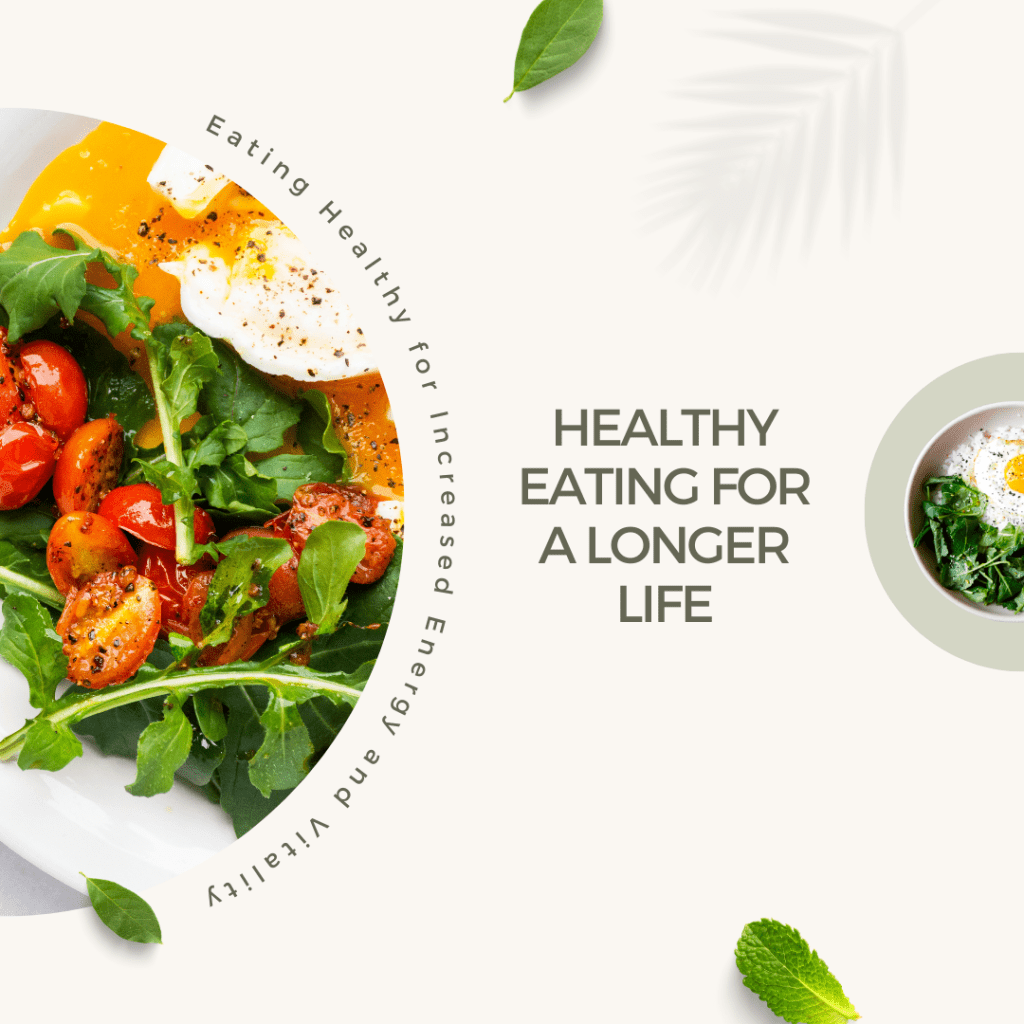My name is Jane, and I’m a 55-year-old woman. I’ve always been healthy and active, but a few years ago, I started to experience some unusual symptoms. I was having a lot of back pain, and I seemed to be losing height. I also noticed that my bones felt more fragile than usual. I went to see my doctor, and after some tests, I was diagnosed with osteoporosis. I was shocked and scared, but my doctor reassured me that there were treatment options available.
My doctor prescribed a bisphosphonate medication, and I started taking calcium and vitamin D supplements. I also made some changes to my diet and lifestyle. I started eating more calcium-rich foods like yogurt and leafy greens, and I started doing more weight-bearing exercises like walking and lifting weights. At first, it was tough to make these changes, but I gradually got used to them. And after a few months, I started to feel better. I had less back pain, and I noticed that my bones were feeling stronger.
A year later, I went back for another check-up, and my doctor was pleased with my progress. My bone density had improved, and my risk of fractures had decreased. I was so relieved to hear this news, and I felt grateful that I had taken action to improve my health. I realized that osteoporosis is a serious condition, but it’s not something that has to control your life. With the right treatment and lifestyle changes, you can reduce your risk of fractures and live a healthy, active life.
Osteoporosis is a disease that affects millions of women each year. It’s a condition that weakens bones, making them more susceptible to fractures. While it can affect anyone, women are more likely to develop the disease than men. In this blog post, we’ll discuss the symptoms, risk factors, and treatment options for osteoporosis.”
Symptoms of osteoporosis can vary from person to person, but some common signs include back pain, stooped posture, loss of height, and fragile bones. While anyone can develop osteoporosis, there are certain risk factors that make women more susceptible to the disease. These include low calcium intake, lack of exercise, smoking, drinking too much alcohol, and having a family history of osteoporosis.
One of the most important things you can do to prevent osteoporosis is to get enough calcium and vitamin D. Calcium is essential for bone health, and vitamin D helps the body absorb calcium. You can get calcium from foods like dairy products, leafy green vegetables, and fortified foods like orange juice and cereal. Vitamin D is found in foods like fatty fish and eggs, and it can also be obtained through exposure to sunlight. In addition to getting enough calcium and vitamin D, regular exercise is also important for preventing osteoporosis. Weight-bearing exercises like walking, running, and lifting weights help to strengthen bones.
